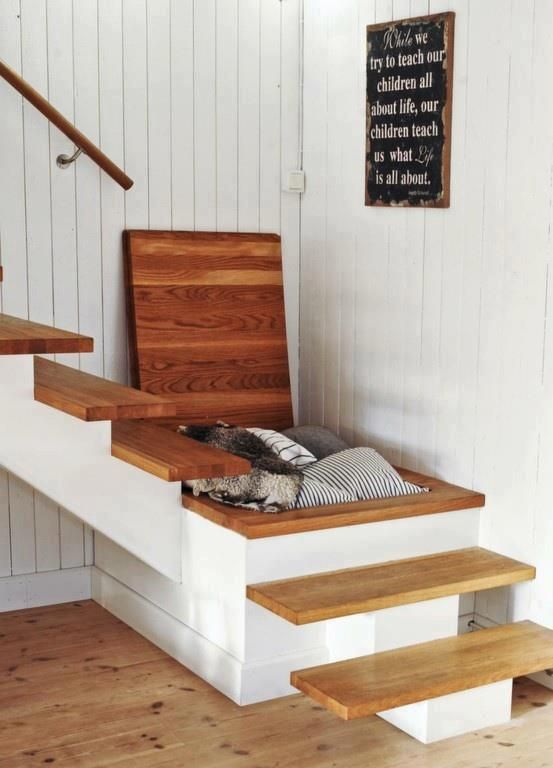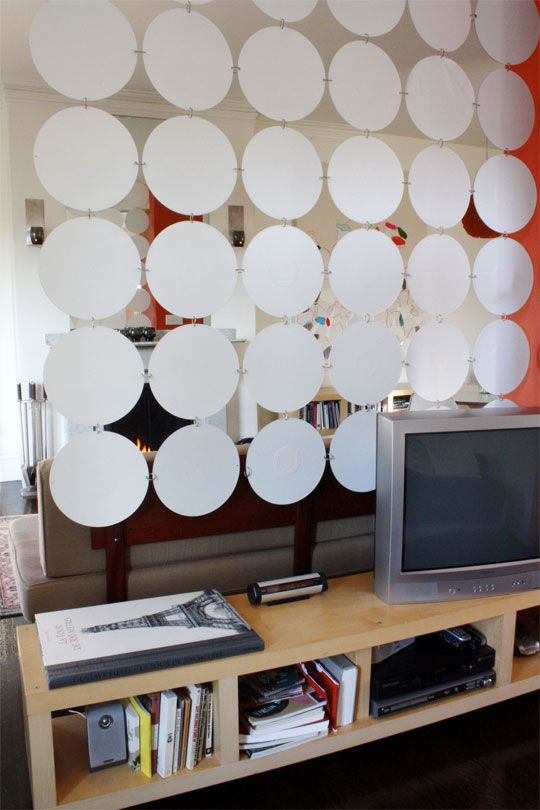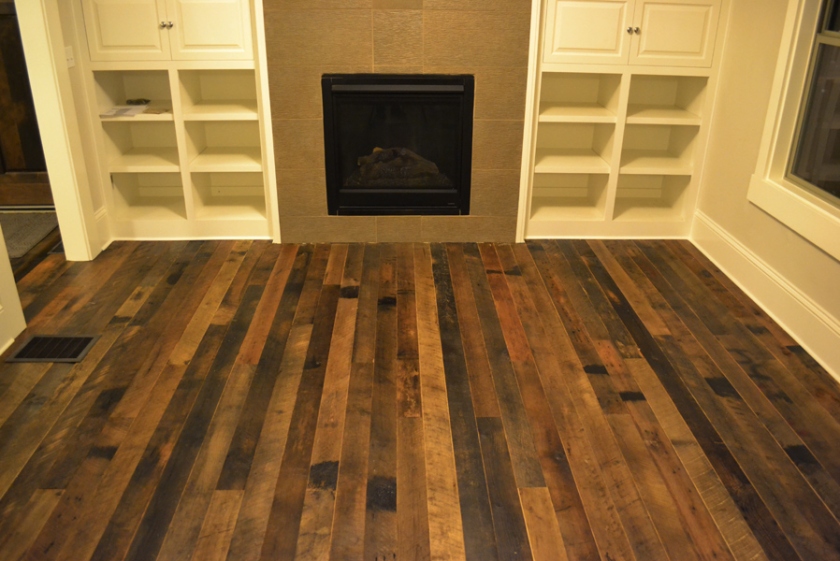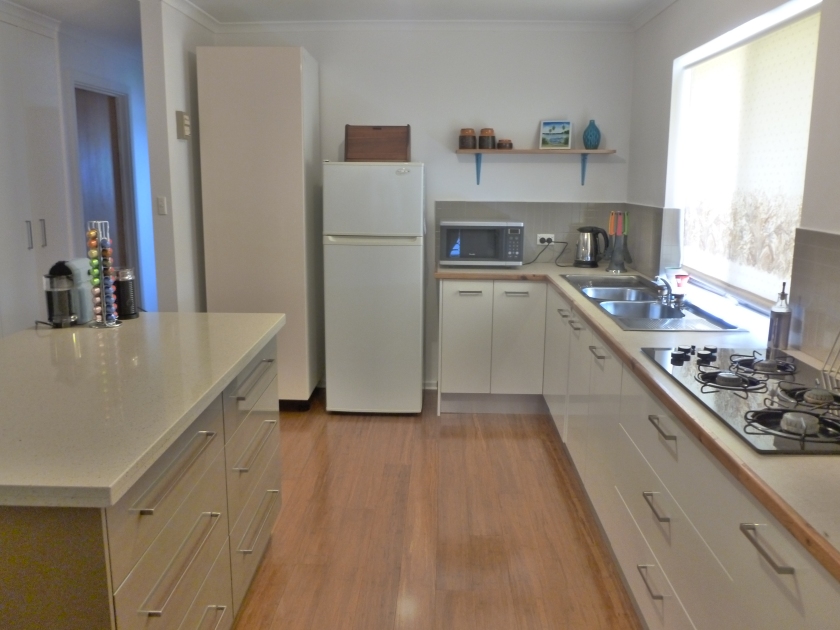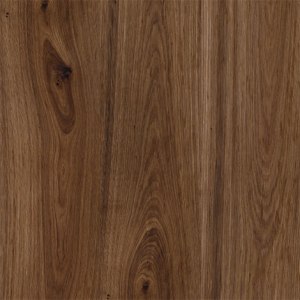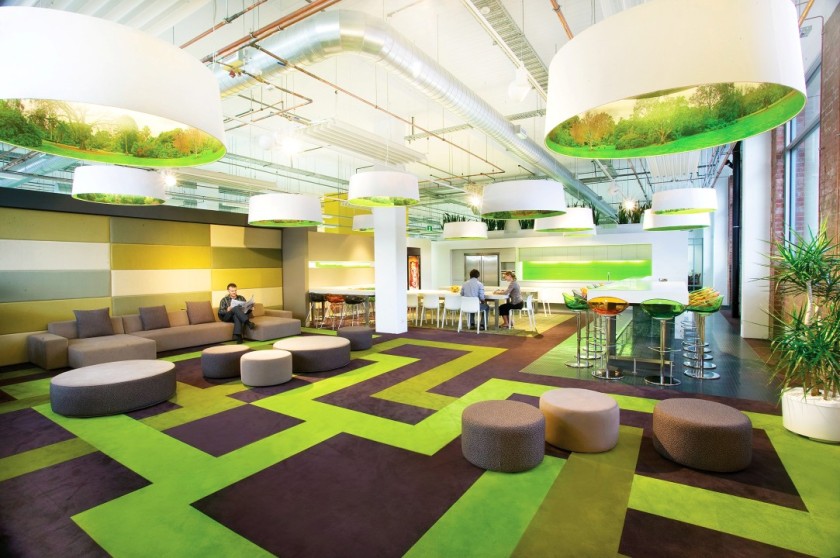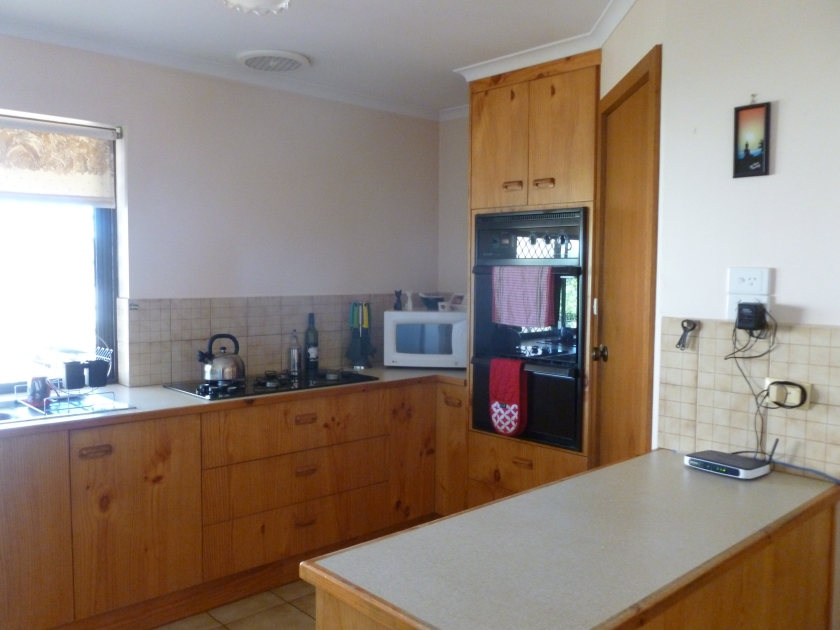In Australia we are blessed with wide open spaces and a relatively affordable housing market. The average family can usually afford a 3 or 4 bedroom house with a backyard and even in most capital cities can live relatively close to the CDB without compromising on space.
However, in many countries around the world, population growth and the inability to expand outwards, means cities are growing upwards at an increasing rate. Apartments are the norm, and many people cannot afford a large space. Hence, a new market has been born, small space living!
Some companies, such as Resource Furniture specialise in space saving furniture. Beds that fold into cupboards, furniture that can transform to fulfill numerous functions, all with the aim to make a small space as liveable and functional as possible.
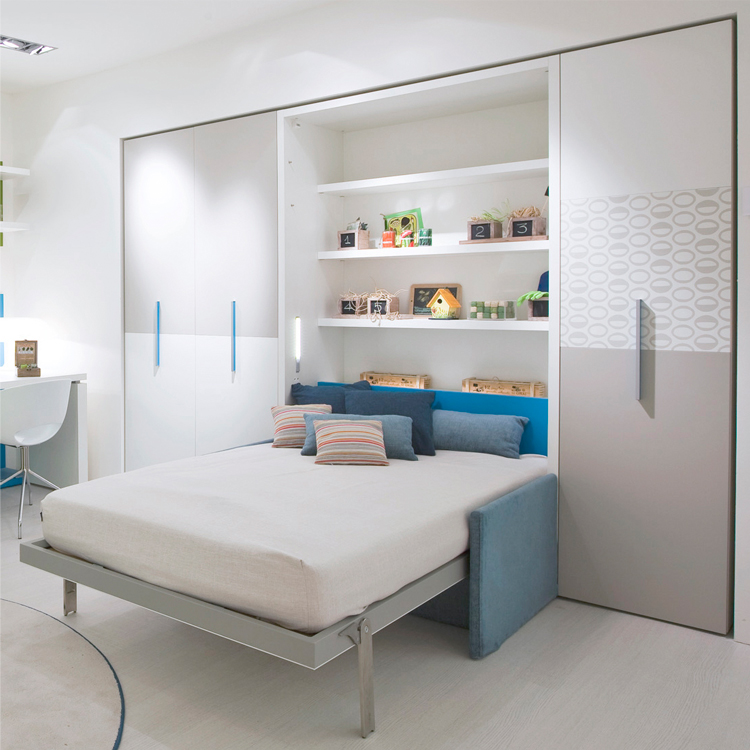
The Altea Book Sofa wall bed by Resource Furniture features an interior bookshelf system and two-seat sofa
The useful thing is, small saving ideas can help us all regardless of the size of our home. To give you some inspiration I have collated my five favourite space saving ideas for you below. Also check out ‘The 10 commandments of small space living’ from Apartment Therapy, one of my favourite blogs with real life renovation stories and very useful interior design tips.
1. Storage
One thing you can never get enough of is more storage, whether in a tiny apartment or family home. How great are the two ideas below, both utilising dead space underneath a staircase for extra storage and a functional drinks cart!
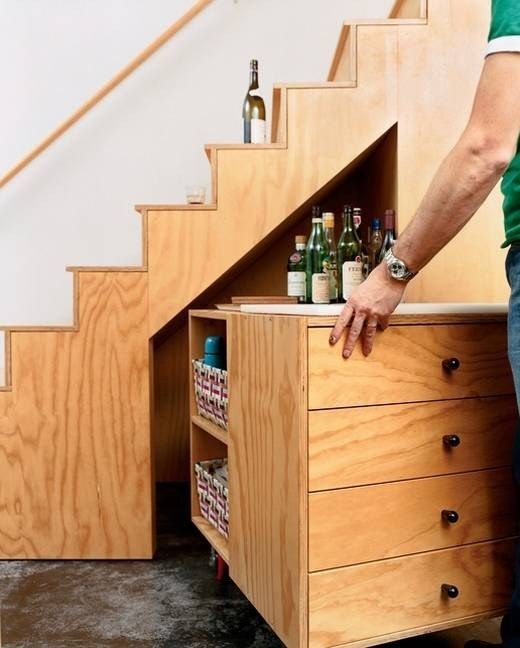
Utilising the dead space under a staircase for a moveable bar, a perfect way to serve drinks when friends come over!
2. Diving up your space
A clever way to break up a small space into different functional areas is to use room dividers. These could be a simple screen, or piece of furniture to break up the space and create the feeling of different ‘zones’ e.g. the sleeping or eating zone. Two creative ideas below involve upcycling old LP records to create a unique room divider and using full size bookcases to create a whole ‘secret’ room hidden from view.
3. Space saving furniture
If you have a small lounge room area, or need to use a a small space for multiple functions e.g.relaxing as well as eating and studying, the below two ideas may give you some inspiration on what space saving furniture can achieve.
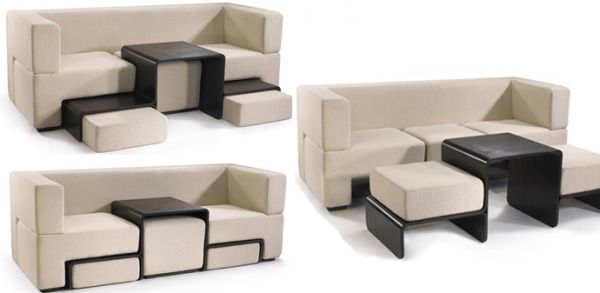
A modular sofa designed by Matthew Pauk – a sofa, two padded seats and a coffee table all within the one piece! Can be easily packed away when not in use
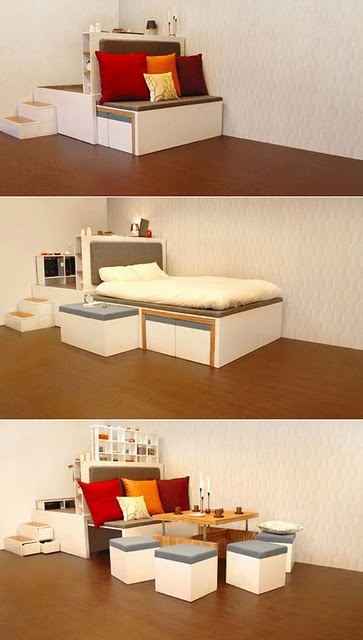
This amazing creation from Matroshka Furniture is a bedroom, living room, dining and study all in one piece of furniture 15m2!
4. Fold away desks / tables
In small apartments or units, one piece of furniture which may not be considered a priority to squeeze into already limited space, is a dining table or study desk. However, these simple pieces of furniture can be clevery hidden away and pulled out when required, see the two below ideas on how to achieve this.
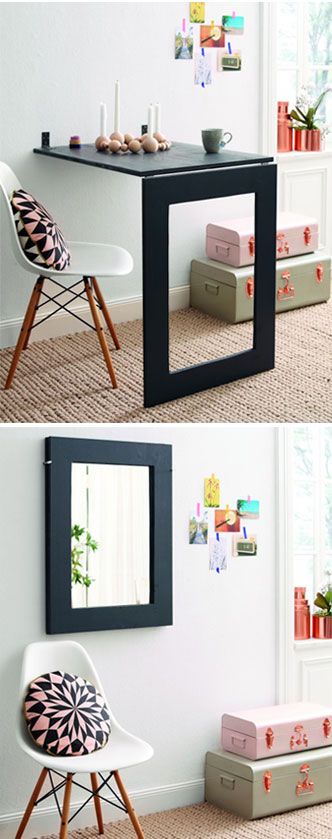
A clever and stylish way to incorporate a small dining/study table into a small space, disguish it as a mirror!
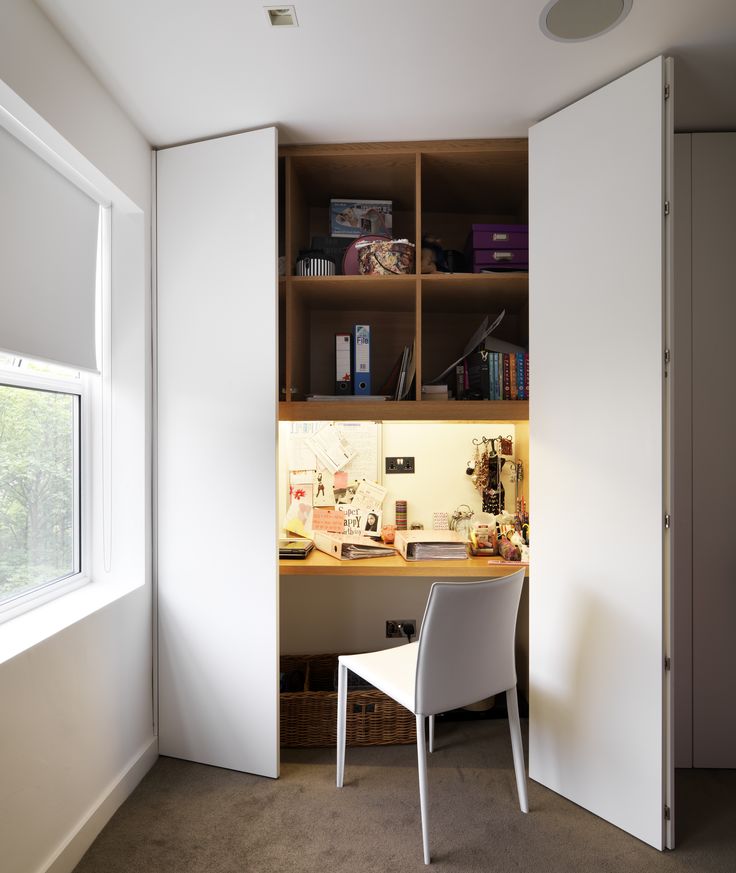
Hide away an entire study inside a cupboard tucked away in a nook – this keeps your clutter hidden from view and allows you to have a functional space in an area that would normally only be used for storage.
5. Indoor gardens
A common drawback of living in a small space is a lack of outdoor room or garden. Apartments don’t always come with porches or patios, much less a full backyard. Fortunately, there are a lot of small planters designed to help people grow flowers, plants, and herbs indoors, no matter the size of your home.

“Woolly Pockets” are soft containers, made in the U.S. from recycled plastic bottles. They are just one of many small planter ideas from www.woollypocket.com
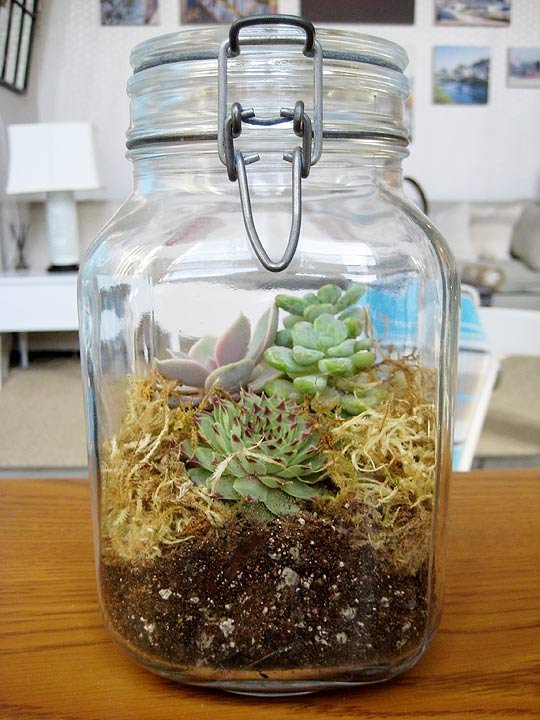
Why not have a go at creating your own terrarium to grow a miniature garden in your own home. They’re easy to make, can use any recycled glass vessel, look fantastic and dont take up much space at all! See this article for a step by step guide on how to grow your own.
I hope you have been inspired by the fantastic small-space living ideas above. If you’d like even more inspiration, check out Pinterest for a never-ending amount of great ideas for your home.

